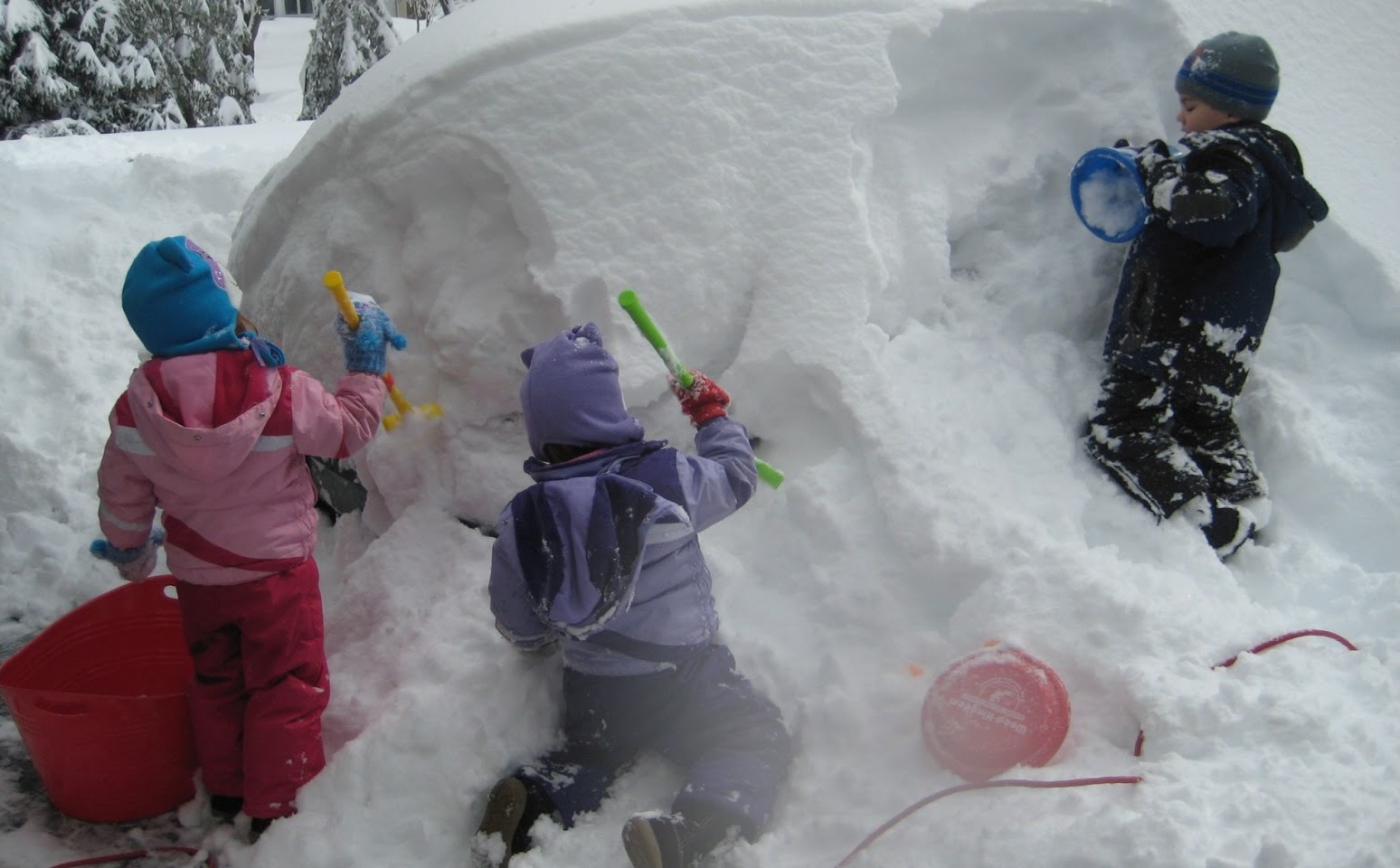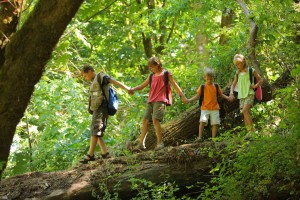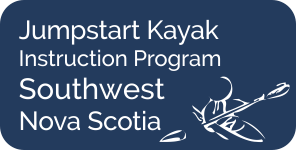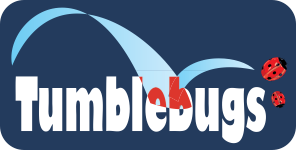Communication Tools for Service Providers
Access to active play and outdoors – and its risks – is essential for healthy child development.
– Position Statement on Active Outdoor Play
Find it here
Below you will find a selection of resources and communication tools that you can use within your organization and for communicating with parents and caregivers about Outdoor Play.
Many of the resources are one-page handouts that you can use for staff training or to send home with caregivers based on your programming. We have also included a list of great go-to online resources for when you want to create your own or dig a little deeper.
Some of the resources will be repeated under different headings so you can quickly find everything available for the heading you select.
Below you will find some one-page handouts to support your communication with caregivers and parents. A key resource is the one page infographic on the Adult Role in Outdoor Play .
Having an Outdoor Play Philosophy
There are many ways we can communicate our commitment to outdoor play. One important way to do this is through the creation of an Outdoor Play Philosophy for your organization or staff team. It is important to create the philosophy with your frontline staff and senior leaders.
This statement will communicate to those within and outside of your organization why Outdoor Play matters in your programming and organization. It will outline the approach you take, the intentions behind including it and the benefits it will have for the kids in the program. This philosophy can form the foundation of policies that further embed outdoor play as a permanent commitment in your work. Below you will find more details on creating an outdoor play philosophy.
The Benefits of Outdoor Play
“Play is often talked about as if it were a relief from serious learning. But for children play is serious learning. Play is really the work of childhood”
– Mr. Rogers
Position-Statement-on-Active-Outdoor-Play: This is the go-to statement on the importance of Active Outdoor Play in Canada. Created in 2015, it used the best evidence available to outline the benefits of outdoor play and the risks of keeping our kids indoors. It applied to kids 3-12. The statement offers recommendations for action for all those involved in our children’s live – from parents, to schools to municipalities.
The Developmental Benefits of Play: A one-page handout that outlines the cognitive, emotional, physical and social skills developed through play. Applies most readily to ages 0-5, but applicable beyond those ages.
Facts vs. Myths of Unstructured Play: A one-page handout from the Canadian Public Health Association. It provides a quick-look balanced view on the risks vs. benefits of unstructured play.
9 Common Play Patterns (aka. schemas): Knowing the common play patterns of children sheds light on how they learn through play. In knowing these patterns, also called ‘schemas’, an adult can permit, enable and sometimes redirect learning through play.
Outdoor Play Canada has a great list of resources and tools about Risk-Benefit Assessment for professionals.
Outdoor Play Philosophy
Four key pillars to effective communication with caregivers and parents about Outdoor Play are:
- Including information about Outdoor Play in your communications with parents (handbook, policies, newsletters or one-page handouts, Outdoor Play philosophy statement posted at entrance etc.)
- Observe and document Outdoor Play so that there are concrete visual examples, of their child and the program, to share with caregivers.
- Using your Outdoor Play philosophy as the basis for your conversation with caregivers;
- Remain familiar and prepared with information about the benefits of Outdoor Play, adult-role and your organization’s position on Outdoor Play for when one-on-one conversations come up
Before embarking on the creation of a philosophy statement it is essential that the staff team have had time to discuss together and build a shared understanding of the benefits of outdoor play for children and in their practice. Things to cover in such a conversation are:
- What are the benefits of outdoor play for kids
- What does the research say about why outdoor play is so important (see below)
- What statistics (ie. Early Development Instrument etc.) in your province or community are compelling you to solidify or augment your commitment to Outdoor Play?
- What experience did we have through play in our childhood that is missing today? What would we like to see experiencing?
- What is in the way of kids obtaining the fullest benefits from play
- What is the adult role in child led play? (see below)
- What is our organizations comfort level with risky and adventurous play? Why does it matter?
Once an ample discussion among team has occurred you can dive into the creation of an outdoor play philosophy. It is valuable to have an external facilitator for this conversation. It is best for senior leaders or supervisors to participate in the discussion rather than lead it.
Do note: Each organization will find a spot on the spectrum of Outdoor Play. Some centres will be very comfortable with Risky Play and others will be less comfortable. That is okay. The goal is to craft a philosophy that take a balanced approach to risk and benefit. The final philosophy statement should reflect your organization’s commitment to the benefits of outdoor play and outline how your will support that through play.
Here are some tools for creating an Outdoor Play philosophy:
- Philosophy Worksheet
- Have participants complete this on their own for 10 minutes. Then move to a full group discussion where responses are shared and flipcharted.
- Be sure to pause to allow discussion and disagreement. You need to find a balance between individual perspectives and organizational commitments to outdoor play.
- The conversation should hinge on a shared understanding of the Benefits of Outdoor Play. This should be basis for working through individual limitations.
Loose Parts
What are Loose Parts?
Loose parts are open ended materials that can be moved, carried,combined, redesigned, lined up, and taken apart and put back together in multiple ways . Loose parts can be used alone or combined with other materials. There is no set of specific directions for materials that are considered loose parts. The child is the direction.
Loose Part Handouts
Fact Sheet – Loose Parts – A quick download handout that outlines what Loose Parts are all about. A great handout to use for caregivers and parents.
Loose Parts Sample Lists to get you started:
-
- A one page chart for easy reference and sharing.
- A basic but comprehensive list of Loose Parts of items to source as you build your loose parts inventory.
Loose Parts Tips – Provides details on Storage, How to Introduce and examples of Loose Parts. A handy reference resource (3 pages) for when you first delve into loose parts for your staff, colleagues or managers. This expanded version includes an outline of the benefits of loose parts.
Sourcing Loose Parts: a quick go-to list of Nova Scotian stores and locations where you could possibly source your loose parts. Some are through diversion of waste, donations and some are through purchase.
-
- a quick sample poster that you can use to put the call out to caregivers or community for loose parts for your program or initiative.
- Here is one for a call out to your local Hardware Store – Your Waster, Our Treasures!
Loose Parts PowerPoint Presentation – a basic powerpoint that provides you with a good start to building your own presentation on Loose Parts.
Using Loose Parts for Learning – one page overview.
Loose Parts Videos
There are some great overview videos on loose parts. Some give you specific advice on how to integrate loose parts in your program or school setting. Others demonstrate both visually and through commentary the vast benefits of loose parts on child development through play.
Here is a list of some of our favorite videos:
Evergreen Canada has created a great series of short videos on loose parts and outdoor play. Many use an Ottawa school as the demonstrate site. They can found on their youtube channel here.
Earth Day Canada has a great introductory video on loose parts. Educators select their favorite loose part, why kids love it and also discuss and show storage ideas and safety.
ScrapStore Playpods video from the UK is a longer video (9 minutes) that shows the use of loose parts at a concrete school playground. It provides a great overview of the benefits of loose parts for learning through play, inter-age interaction and positive behaviour. They also comment on the initial hesitation of staff and the progressive buy-in based after seeing the benefits for the kids and classroom behaviour.
Adventurous and Risky Play
Adults are responsible for hazards. Risks help children develop.
Hazard: A danger in the environment that could seriously injure or endanger a child and is beyond the child’s capacity to recognize. It is the adult’s responsibility to identify and address hazards
Risk: The challenges and uncertainties within the environment that a child can recognize and learn to manage by choosing to encounter them while determining their own limits.
Canada’s Active Outdoor Play Position Statement states that:
“access to active play in nature and outdoors – with its risks – is essential for healthy child development, and that opportunities for self-directed play outdoors should be increased in all.“
Outdoor Play Canada has a great list of resources and tools about Risk-Benefit Assessment for professionals.
Defining Play
For a basic overview of key concepts and definitions review this document (2 page).
For the full Glossary of Terms as provided by Outdoor Canada please visit their website.
Risky Play Defined:
Risky Play is thrilling and exciting forms of play that involve uncertainty and a risk of physical injury.
- Risky play provides opportunities for challenge, testing limits, exploring boundaries and learning about injury risk.
- Risky play is subjective and changes for each child.
- Risky play can be categorized as: 1. play with great heights, 2. play with high speed, 3. play with dangerous tools, 4. play near dangerous elements, 5. rough-and-tumble play, and 6. play where the children can “disappear”/get lost. (see Outdoor Play Canada Glossary of Terms)
Handouts
Adult Role in Outdoor Play Infographic: This infographic brings together 4 key guidance statements on how adults can optimize outdoor play for the benefit of child development.
6 types of Adventurous Play:_ A one pager on the commonly used categories of Adventurous and Risky Play by leading academic E. Sandseter.
Hazard vs. Risk Poster: A basic one page poster with definitions.
Popping the Bubble Wrap: A great article (2015) for professionals and caregivers on why the Injury Prevention sector sees outdoor play and risky play as essential to injury prevention and healthy child development.
Risk_vs_Hazard: A professional overview (2 page) from the Canadian Public Health Association on why play is essential for children to develop resiliency and risk management skills that support them in adulthood.
Adult Role in Outdoor Play
“Children need the freedom and time to play. Play is not a luxury. Play is a necessity”
– Kay Redfield Jamison
Adult Role in Outdoor Play Infographic: Combining all the tips into one spot, this infographic is a great handout for parents or poster for posting in your organization.
The 4 content pieces to the above infographic are available as separate one page handouts:
- What Adults need to offer
- Risk versus Hazard
- 6 tips for what to do in the moment
- How to take a Lifeguard approach
Adults Role in Children’s Play: A great overview (4 pages) for professionals on the Adult Role in Child-led Play. It is a Wales based resource but has many transferable concepts and messages.
Adult Role One-Page: A quick download one page handout that speaks to need for adults to offer the following: Time, Permission, Space and Materials.
Parent Communication Tools - Compiled One Page Handouts
Four key pillars to effective communication with caregivers and parents about Outdoor Play are:
- Including information about Outdoor Play in your communications with parents (handbook, policies, newsletters or one-page handouts, Outdoor Play philosophy statement posted at entrance etc.)
- Observe and document Outdoor Play so that there are concrete visual examples, of their child and the program, to share with caregivers.
- Using your Outdoor Play philosophy as the basis for your conversation with caregivers;
- Remain familiar and prepared with information about the benefits of Outdoor Play, adult-role and your organization’s position on Outdoor Play for when one-on-one conversations come up
Below is a compiled list of one page handouts for parents and caregivers, They can also be used as posters or training tools for staff.
Quick Hit Handouts
Adult Role in Outdoor Play Infographic
Hazard vs. Risk Poster (basic)
Fact sheet – Construction Play
What-to-Say-Instead-of-_Be-Careful_
Position-Statement-on-Active-Outdoor-Play
The Developmental Benefits of Play
Facts vs. Myths of Unstructured Play
Lifeguard Approach – Observe, Check-in, Intervene if necessary
What to do in the moment_- 6 Tips for Adults
The Adult’s Role in Outdoor Play_- 4 things to offer
24 Hour_Guidelines: Sit, Step, Sweat, Sleet for ages 0-4
24 Hour_Guidelines: Sit, Step, Sweat, Sleep for ages 5-17
Outdoor Play infographics: A basic google search of ‘outdoor play infographic’ will offer you a few options. The 2015 ParticipACTION report has a great one here. Another one on the Benefits of Outdoor Play can be found here.
Outdoor Play Canada is a great spot for additional resources.
Other
24-hour Guidelines: Sit, Step, Sweat, Sleep
These Canadian 24-Hour Movement Guidelines show there is an important relationship between how much sleep, sedentary behaviour and physical activity children get in a 24-hour period.
These guidelines were developed by a team of researchers under the Canadian Society for Exercise Physiology (CSEP).
Popping the Bubble Wrap: A great article (2015) for professionals and caregivers on why the Injury Prevention sector sees outdoor play and risky play as essential to injury prevention and healthy child development.
Physical Literacy: Building Skills from Basic to Capable
Physical literacy is the motivation, confidence, physical competence, knowledge, and understanding to value and take responsibility for engagement in physical activities for life.”
– The International Physical Literacy Association, May 2014.
Physical Literacy_Infographic: a one page handout to explain why literacy also applies to learning physical skills.
What physical skills should a child have and by what age?
Here is a clear and great one page chart 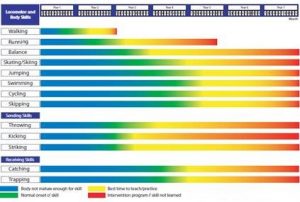 (called the ‘Physical Development and Acquisition of Motor Skills in Children’ chart) outlines the progression of physical skills from crawling to jumping to skating to skipping and throwing.
(called the ‘Physical Development and Acquisition of Motor Skills in Children’ chart) outlines the progression of physical skills from crawling to jumping to skating to skipping and throwing.
A great Canadian tool on putting Physical Literacy into Practice for Early Childhood Educators. (York University)
Active For Life: A great online repository of simple activities and information for parents and community about physical literacy
Go-to Online Resources
Canadian Resources
OutdoorPlayCanada: the website has a great list of resources. This is network of leaders and organizations working together to galvanize an outdoor play movement across Canada.
Dr. Mariana Brussoni: Dr. Brussoni is a leading voice on Outdoor Play in Canada. You can find many of her newsletter articles and academic articles online through a simple google search. She is part of the Outdoor Play Canada team.
Evergreen Foundation: A Canadian non-profit dedicated to ecological research, design and collaborative initiatives. By improving the interconnections and interdependencies between people, nature, and the built world, Evergreen helps cities thrive in a sustainable. They have great resources on Outdoor Learning and Play.
The Lawson Foundation: A leader in funding and researching Outdoor Play, the Foundation website is a good spot to learn about what others are doing and learn about how others are advancing outdoor play in Canada.
Active For Life: A great repository of simple activities and information for parents and community about physical literacy
ParticipACTION: A Canada national non-profit organization that promote healthy living and physical fitness. Every year they put out a Report Card on how active Canadians are across the lifespan. Often their results are broken down into age categories and include information on outdoor play.
Canadian Public Health Association: Here you will find professional resources and researched summary on key topics related to Outdoor Play.
Nova Scotian Resources
PlayOutsideNS: a great Nova Scotian site promoting play in the province. A good spot to hear local stories and voices as well as learn about events. Playgroundology is another site that promotes play in the province.
International Resources
Play Wales: this site promotes the awareness of children and young people’s need and right to play. They have endless easy-to-read resources and background info on everything you need to know about the importance of play.
24 Hour Guidelines - Sit, Step, Sweat, Sleep
These Canadian 24-Hour Movement Guidelines show there is an important relationship between how much sleep, sedentary behaviour and physical activity children get in a 24-hour period.
24 Hour_Guidelines: Sit, Step, Sweat, Sleet for ages 0-4
24 Hour_Guidelines: Sit, Step, Sweat, Sleep for ages 5-17
These guidelines were developed by a team of researchers under the Canadian Society for Exercise Physiology (CSEP). They also have guidelines for ages 18-64 and for 65 years and older.
Planning and Doing - More Resources
Here are a few great resources or tools that can help you move from idea to practice.
Nature-Play_Flashcards – A great set of flashcard ideas for outdoor activities. These are great for service providers or caregivers/parents. Created by Alberta Parks and Recreation.
Another great ‘how-to’ resources 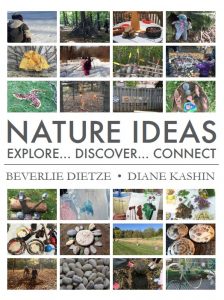 is Beverlie Dietze’s Nature Ideas Book. It can be purchased directly online.
is Beverlie Dietze’s Nature Ideas Book. It can be purchased directly online.
Landscapes and Child Development: a comprehensive and great resource on designing your landscape to foster child development through play. It will offer a good sense of concepts to consider as well as technical advice. This was written by Heidi Campbell a Landscape Architect AND Early Childhood Educator. It was created by Evergreen and the Toronto District School Board.

